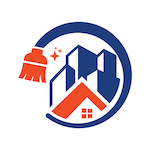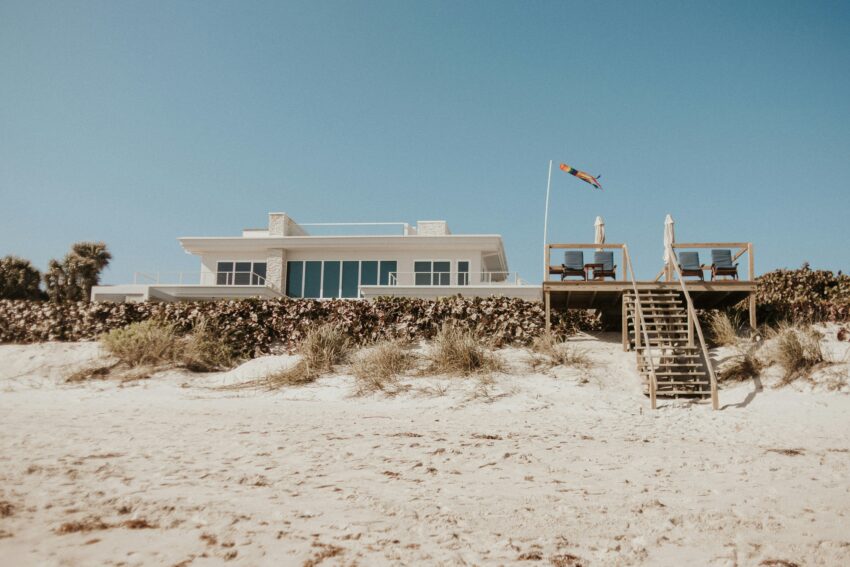Welcome to the Manar Facility Solutions blog! As leading experts in facility maintenance and cleaning services throughout Florida and other coastal regions, we’re dedicated to helping homeowners, businesses, and property managers maintain pristine environments despite Mother Nature’s challenges. If you live in sand- and storm-prone areas like the beaches of Miami, the coastal communities of Tampa, or the storm-vulnerable Keys, you know the struggle: gritty sand tracked indoors, salty residues from ocean breezes, and the muddy aftermath of tropical storms or hurricanes. These elements don’t just make floors look dirty—they can cause long-term damage, leading to costly repairs. In this in-depth guide, we’ll explore practical strategies to keep your floors spotless year-round. Drawing from our years of experience and industry insights, we’ll cover prevention, cleaning methods, material choices, and when to call in professionals like us at Manar Facility Solutions. Whether you’re dealing with daily beach sand or preparing for the next storm season, this article will arm you with the knowledge to protect your investment and attract potential clients seeking reliable facility solutions.
The Unique Challenges of Sand- and Storm-Prone Environments
Living near the coast offers stunning views and a relaxed lifestyle, but it comes with environmental hurdles that wreak havoc on floors. Sand, for instance, acts like natural sandpaper. Fine grains from beaches or dunes get tracked inside on shoes, pets’ paws, or even through open windows during windy days. Over time, this abrasion scratches hardwood, wears down tile grout, and embeds into carpets, shortening their lifespan. In Florida, where sandy beaches stretch for miles, homeowners report sand as the top culprit for floor degradation.
Then there’s the salt. Ocean spray and salty air deposit corrosive residues that can etch into surfaces, especially porous ones like unsealed tile or wood. A study from coastal engineering reports highlights how salt accelerates wear by 20-30% in humid environments. Storms exacerbate everything—tropical depressions, hurricanes, or even heavy rains flood homes with muddy water, debris, and contaminants. Post-Hurricane Ian in 2022, many Fort Myers residents faced floors caked in silt and mold-prone moisture. According to FEMA data, storm-related water damage affects over 100,000 Florida properties annually, often leading to bacterial growth if not addressed promptly.
Humidity plays a villainous role too. In sand- and storm-prone areas, relative humidity averages 70-90%, preventing floors from drying quickly after cleaning or spills. This moisture traps sand particles, creating a gritty paste that’s tough to remove. Businesses like beachfront hotels or rental properties face amplified issues, with high foot traffic multiplying the mess. Without proactive measures, these challenges can lead to health risks—slippery floors cause falls, while embedded dirt harbors allergens. Economically, neglected floors can reduce property values by up to 15%, as potential buyers spot wear during inspections.
Understanding these factors is the first step. By recognizing how sand abrades, salt corrodes, and storms inundate, you can tailor your approach to your specific flooring type and location.
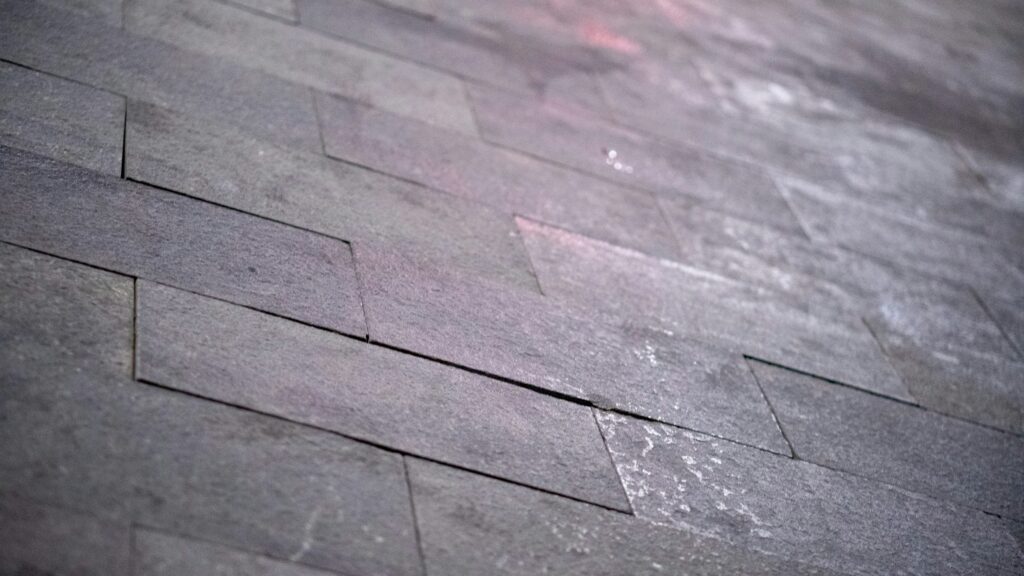
Choosing Durable Flooring Materials for Coastal Living
Prevention starts with smart material selection. In sand- and storm-prone areas, not all floors are created equal. Opt for resilient options that resist abrasion, moisture, and salt.
Tile reigns supreme for coastal homes. Porcelain or ceramic tiles are non-porous, easy to sweep, and withstand sand’s grit. Seal grout lines annually to prevent embedding. For luxury, consider luxury vinyl plank (LVP), which mimics wood but offers waterproofing—ideal for storm floods. Hardwood, while beautiful, requires caution; engineered hardwood with a thick wear layer fares better than solid, but always seal it against humidity.
Carpets? They’re cozy but a sand magnet in beach areas. If you must have them, choose low-pile, synthetic fibers like nylon, which release dirt easier than wool. Area rugs over hard surfaces provide comfort without full commitment—opt for sand-trapping materials like sisal or seagrass. For outdoor-indoor transitions, like patios in storm-heavy regions, use concrete or pavers treated with sealants to minimize tracked-in debris.
When remodeling, factor in underlayment. Moisture barriers under floors prevent storm water from wicking up. In Florida’s building codes, updated post-2020 hurricanes, elevated foundations help, but material choice is key. Consult pros like Manar Facility Solutions for assessments—we’ve helped countless clients in Jacksonville select floors that endure years of sandy footsteps and stormy weather.
Investing in the right materials can cut cleaning time by half and extend floor life by decades, saving you money long-term.
Daily Prevention Strategies: Stopping Dirt at the Door
The best cleaning is the kind you don’t have to do. Implement barriers to keep sand and storm debris out.
Start with a “sand-free zone” outside. Install outdoor showers or foot rinses near entrances—common in beach houses from Daytona to Destin. Rinse feet, shoes, and pets before entering to remove 80% of sand. Pressure wash patios weekly to blast away accumulated grit.
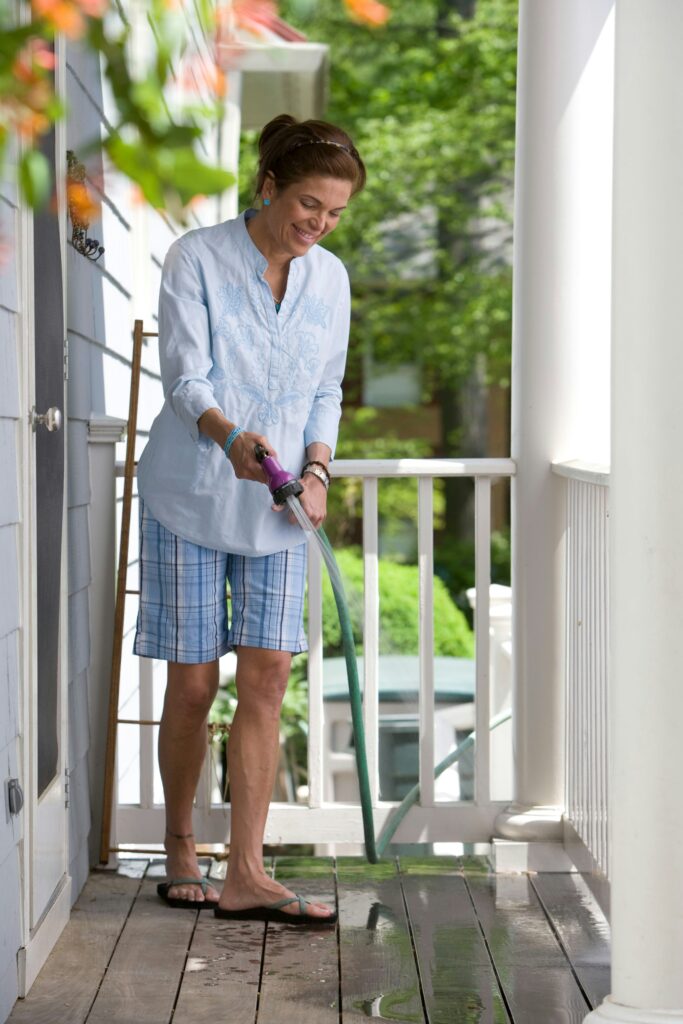
Inside, enforce a no-shoes policy. Provide slippers or shoe storage at the door—studies show this reduces indoor dirt by 90%. Layer mats: A coarse outdoor mat for initial scraping, followed by absorbent indoor ones. In high-traffic areas, use double mats to trap moisture and particles.
Keep a broom, dustpan, or handheld vacuum near entrances for quick sweeps. For pets, wipe paws with damp cloths. During dry seasons, humidifiers can help, but in coastal humidity, dehumidifiers prevent sticky sand buildup.
For businesses, like Orlando resorts near sandy attractions, schedule daily entryway cleanings. These habits, when consistent, minimize deep cleans and preserve floors.
Effective Cleaning Techniques for Various Floor Types
Even with prevention, cleaning is inevitable. Tailor methods to your floors for optimal results.
For hard surfaces like tile or vinyl: Sweep daily with a soft-bristle broom to avoid scratches, focusing on corners where sand hides. Vacuum with a hard-floor attachment—models like Shark excel on grit without scattering it. Mop weekly with a damp microfiber mop and mild, pH-neutral cleaner to dissolve salt residues. Avoid excess water to prevent warping; in stormy weather, increase to bi-weekly.
Hardwood demands gentleness. Use a dry mop or vacuum without beater bars to prevent sand scratches. For salt, mix vinegar and water (1:10 ratio) for a natural clean—wipe immediately to avoid moisture damage. Seal annually for protection.
Carpets and rugs: Vacuum twice weekly, using a HEPA-filter model to capture fine particles. For embedded sand, sprinkle baking soda, let sit, then vacuum. Steam clean quarterly, especially post-storm, to extract deep dirt. In humid areas, dry quickly with fans to avoid mold.
Post-storm cleanup: Remove standing water immediately with wet vacs. For mud, let dry, then vacuum before mopping. Disinfect with EPA-approved solutions to kill bacteria from floodwaters.
Tools like robotic vacuums automate maintenance, while eco-friendly cleaners align with Florida’s environmental regs. Regular routines keep floors gleaming.
Preparing for and Recovering from Storms
Storms demand special prep. Elevate valuables and seal doors with weather stripping to block water. Stock sandbags for flood-prone spots.
During events, minimize indoor traffic. Post-storm, assess damage—check for warping or mold. Dry floors thoroughly with dehumidifiers; fans speed evaporation. For severe cases, like Hurricane Helene’s surge in Clearwater, professional extraction is crucial to prevent structural issues.
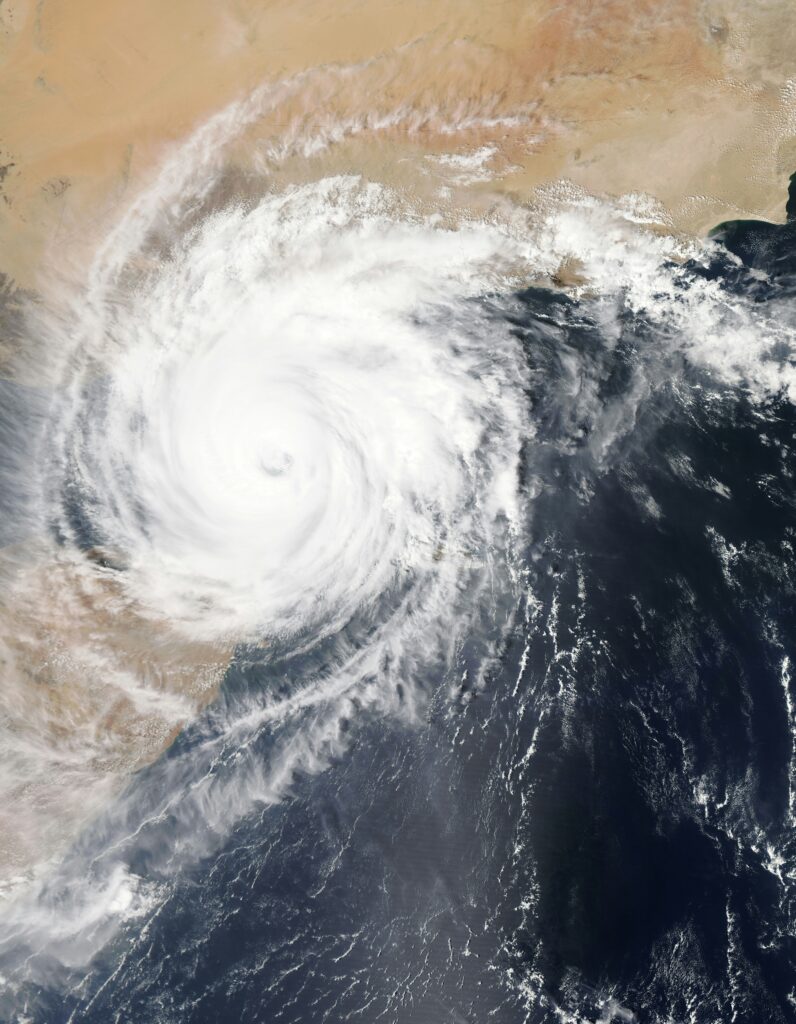
Manar Facility Solutions offers emergency response, using industrial equipment for rapid recovery.
The Benefits of Professional Cleaning Services
DIY works for daily upkeep, but pros handle deep cleans and tough jobs. At Manar, our certified teams use advanced tools like HEPA vacuums and eco-sealants to protect against sand and salt.
We tailor plans: Quarterly deep cleans for homes, weekly for businesses. Our storm recovery services include water extraction and sanitization, often insurance-covered.
Clients save time and extend floor life—our Sarasota partners report 40% less wear after partnering with us.
Debunking Common Myths About Floor Care in Harsh Environments
Myth: Sand is harmless if vacuumed. Fact: It abrades over time; prevention is key.
Myth: Any mop works for salt. Fact: Damp mops with specific cleaners are essential.
Myth: Storms only affect outdoors. Fact: Indoor flooding requires immediate action.
Knowledge dispels these, leading to better practices.
Conclusion: Achieve Year-Round Floor Perfection with Expert Help
Keeping floors clean in sand- and storm-prone areas requires diligence, but the rewards—beautiful, durable spaces—are worth it. From prevention to professional intervention, these strategies ensure longevity.
At Manar Facility Solutions, we’re your Florida partners for flawless facilities. Contact us for a free quote and let’s conquer coastal challenges together.
